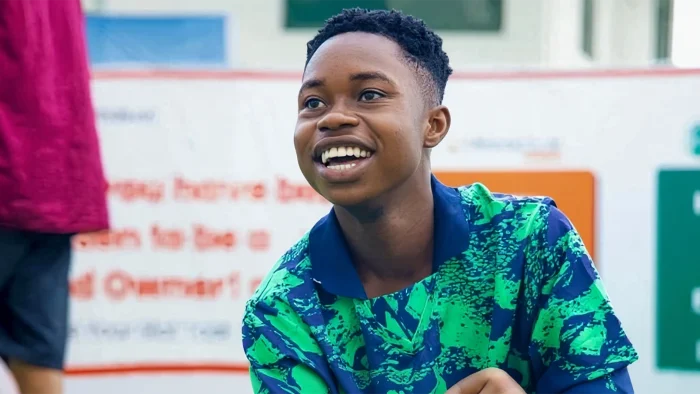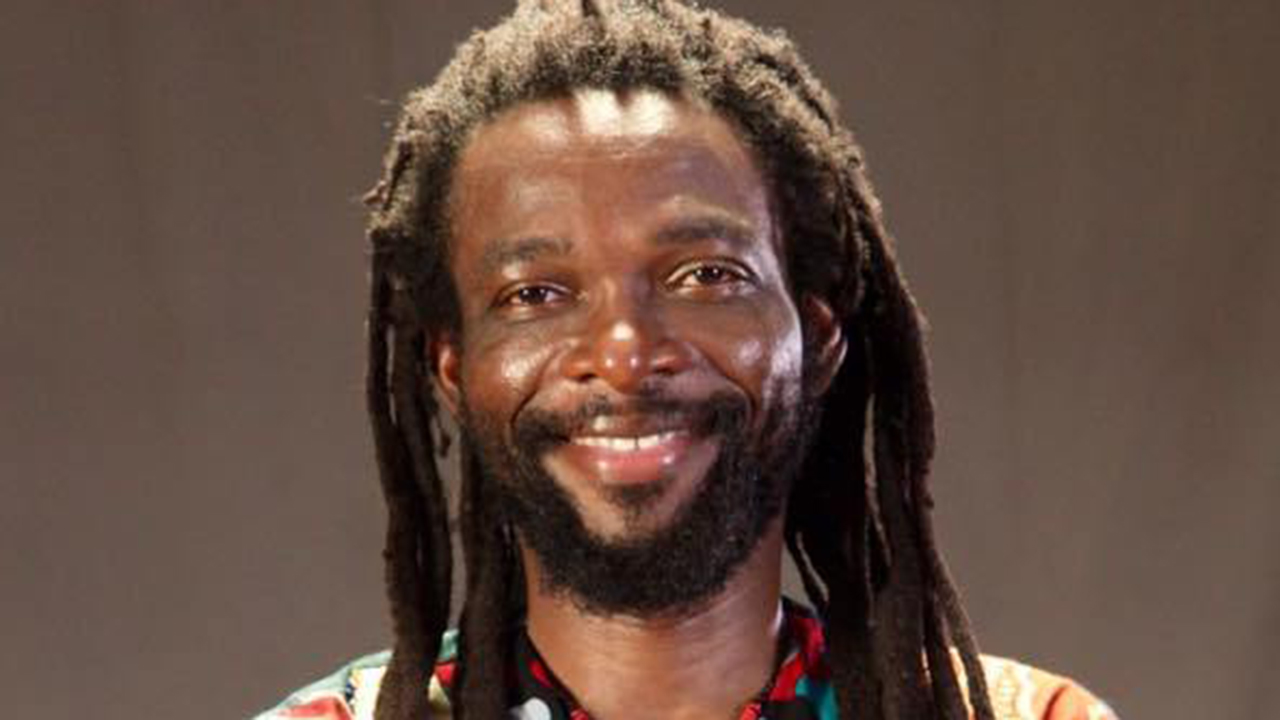“Day of the Dead,” or “Dia de los Muertos” in Spanish, is a colourful and meaningful tradition celebrated in Mexico and various parts of the world.
[ad]
This unique holiday is a time for families and communities to remember and honour their deceased loved ones, blending indigenous beliefs with Catholicism.
Day of the Dead has ancient Mesoamerican roots, dating back thousands of years to indigenous cultures like the Aztecs, who celebrated a month-long festival to honour the goddess Mictecacihuatl, the Lady of the Dead.
With the arrival of Spanish conquistadors, this tradition merged with Catholicism and took on its current form as a two-day celebration on November 1st and 2nd, known as All Saints’ Day and All Souls’ Day in the Catholic calendar.
In addition to its common name, “Dia de los Muertos,” the celebration has various names depending on the region. In Guatemala, it is called “El Dia de los Santos” and “El Dia de los Difuntos” in Ecuador. It is celebrated as “Hanal Pixan” in the Yucatan Peninsula and as “Los Finados” in other parts of Mexico.
The practices and significance of Day of the Dead are characterised by a wide range of practices that hold deep meaning. Families create elaborate ofrendas (altars) adorned with marigold flowers, candles, incense, and the favourite foods and drinks of the deceased. These ofrendas or altars created in homes and cemeteries serve as a welcoming space for the spirits to return to the living world.
In cinematic expressions, the Day of the Dead has found its way into popular culture through cinema. Pixar’s animated masterpiece, “Coco” (2017), serves as a heartwarming and visually stunning exploration of Mexican culture and the significance of this tradition. The film follows the adventures of a young boy named Miguel who embarks on a journey to the Land of the Dead, highlighting the importance of family, remembrance, and tradition.
On symbols of the day, sugar skulls, or “calaveras,” are a prominent symbol of the holiday. Families decorate these edible skulls with the names of deceased loved ones and place them on the ofrendas.
The monarch butterfly, which migrates to Mexico during the festival, is seen as the returning spirits of loved ones. This practice represents the idea that death is just another part of life and should be embraced rather than feared.
Pan de Muerto (Bread of the Dead) is another essential component of the celebration. This sweet bread is often shaped like bones and skulls, symbolizing the circle of life and death. It is shared among family members and visitors as a gesture of hospitality.
While the Day of the Dead has its deepest roots in Mexico, it has gained popularity worldwide. In the United States, where there is a significant Mexican diaspora, communities celebrate with parades, art exhibitions, and public ofrendas. Similar celebrations are held in parts of Latin America and beyond, including Spain, the Philippines, and even Japan.
In modern times, the Day of the Dead has evolved. While it retains its spiritual and cultural significance, it has also become a vibrant and artistic celebration. In Mexico City and other urban areas, you’ll find colourful parades, face painting, and intricate sugar skull makeup. The holiday has become an opportunity for creative expression and a means of connecting with one’s cultural heritage.
Day of the Dead is a beautiful celebration that reflects the profound connection between life and death. It serves as a testament to the enduring bonds between the living and their departed loved ones.
The blending of indigenous beliefs with Catholic traditions creates a unique perspective on death – one that is not feared but embraced, making it a festival of life and remembrance rather than mourning.
With its rich history, vibrant traditions, and evolving modern interpretations, this celebration continues to thrive, bringing people together to honour and remember those who have passed away.
[ad unit=2]








